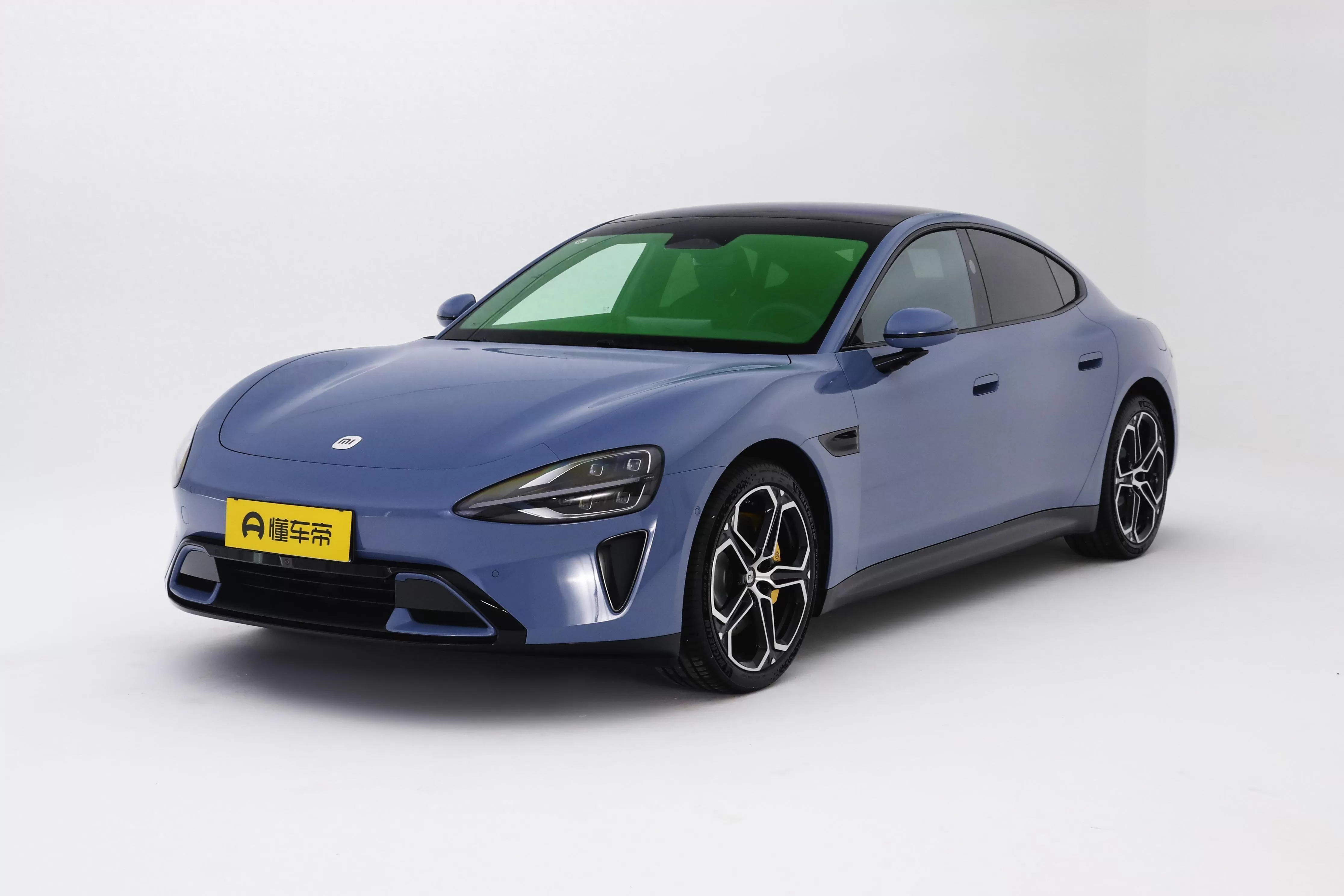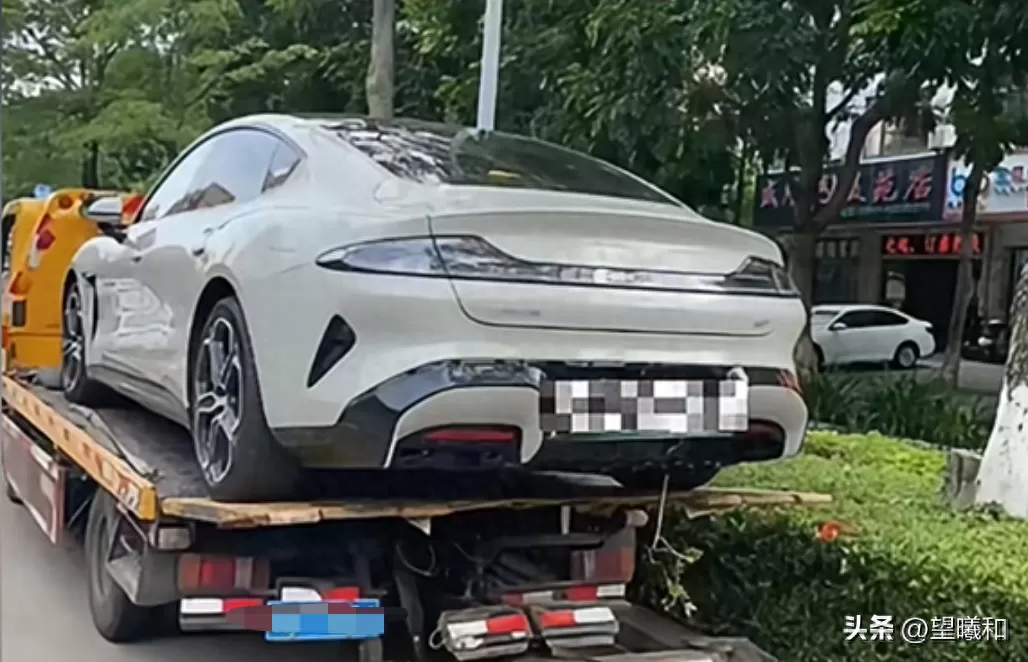With the launch of the Xiaomi SU7. the hype has remained high. Along with the announcement of its price, some people have been enthusiastically calling it the "God of Thunder," while others are rejecting it outright. Some claim that the starting price of 215.900 yuan for the Xiaomi SU7 offers unbeatable value for money, reminiscent of how Xiaomi once disrupted the mobile phone industry. On the other hand, some argue that in 2024. a car still using a 400V system with a plethora of optional accessories is simply a cash grab for brand loyalists. The polarized opinions seem to be fully reflected in this highly anticipated model. So, in the eyes of the first batch of Xiaomi SU7 owners, is this car truly the first sports car for young people? Let’s dive into the advantages and disadvantages of this vehicle based on a 7-day real user experience.

Firstly, the appearance is truly attractive, though some claim it is a copycat. Since the design of the Xiaomi SU7 was revealed, there have been jokes comparing it to Porsche, calling it the "Porschami." Honestly, there are indeed some Porsche design elements in the Xiaomi SU7. Regarding intelligent driving performance, visibility on the highway during rainy days isn't great, but I find that when the high-speed NOA intelligent driving system of the Xiaomi SU7 is activated, it's even more stable than when I drive myself. The execution mechanism of its intelligent driving system differs from the ADS 2.0 equipped in Huawei AITO M7. When the system detects a car behind, it repeatedly confirms multiple times before performing a lane change operation, whereas Huawei's system decisively signals and changes lanes once it confirms safety behind. Comparatively, I personally believe that the intelligent driving logic of the Xiaomi SU7 aligns more closely with normal driving habits.
Additionally, this car has an 800 km pure electric range under CLTC conditions. Realistically, a full charge gives about 500 km of driving range. In terms of range achievement, it's not outstanding but sufficient. My concern is the potential significant reduction in range during winter, as winter driving scenarios involve not just highway driving but also heating and using the air conditioner. As for the vehicle's intelligence, although I also use an Apple phone alongside my Xiaomi phone, I find that using a Xiaomi phone with the Xiaomi SU7 is more convenient. With many Xiaomi smart home devices installed at home, voice control or sensing home appliances is indeed quite practical.
As for drawbacks, the biggest issue with the Xiaomi SU7 is the limited rear space, which can even be described as cramped. The seat support isn’t bad, and the padding is quite soft, but it's puzzling how a 3-meter wheelbase results in a rear passenger space similar to a compact sedan. This mismatch with its mid-to-large car positioning is somewhat disappointing. Additionally, the headroom in the rear is quite limited; tall adult males might feel cramped in the back. However, the panoramic sunroof’s heat insulation treatment is well-done.
Ultimately, whether something is cheap or expensive, good or bad, depends on your perspective. If you don't like a car, no number of advantages or low prices will impress you; if you truly like a car, you will buy it despite its flaws and high price.
As for whether you should buy the Xiaomi SU7. you’ll have to decide for yourself.






